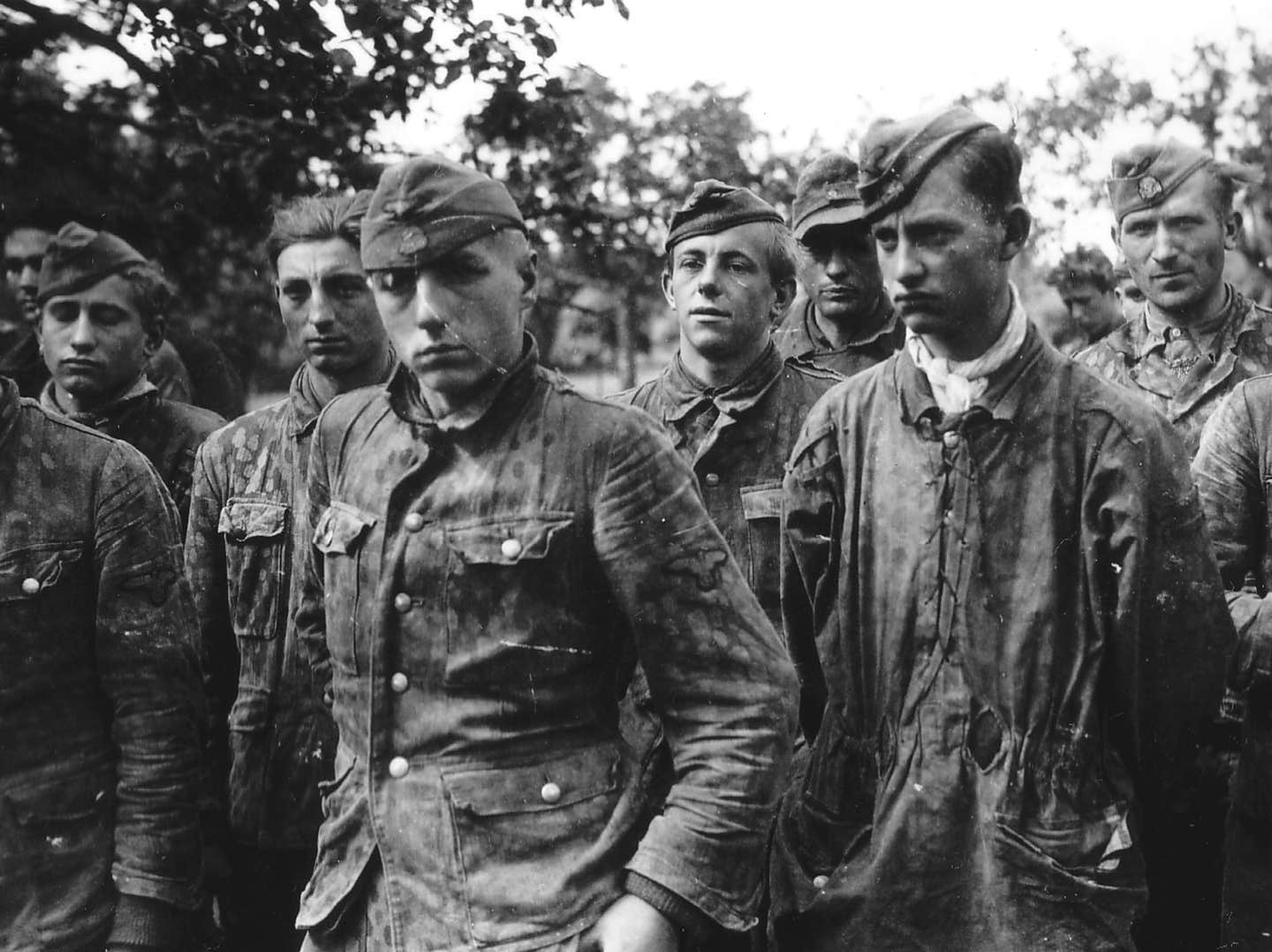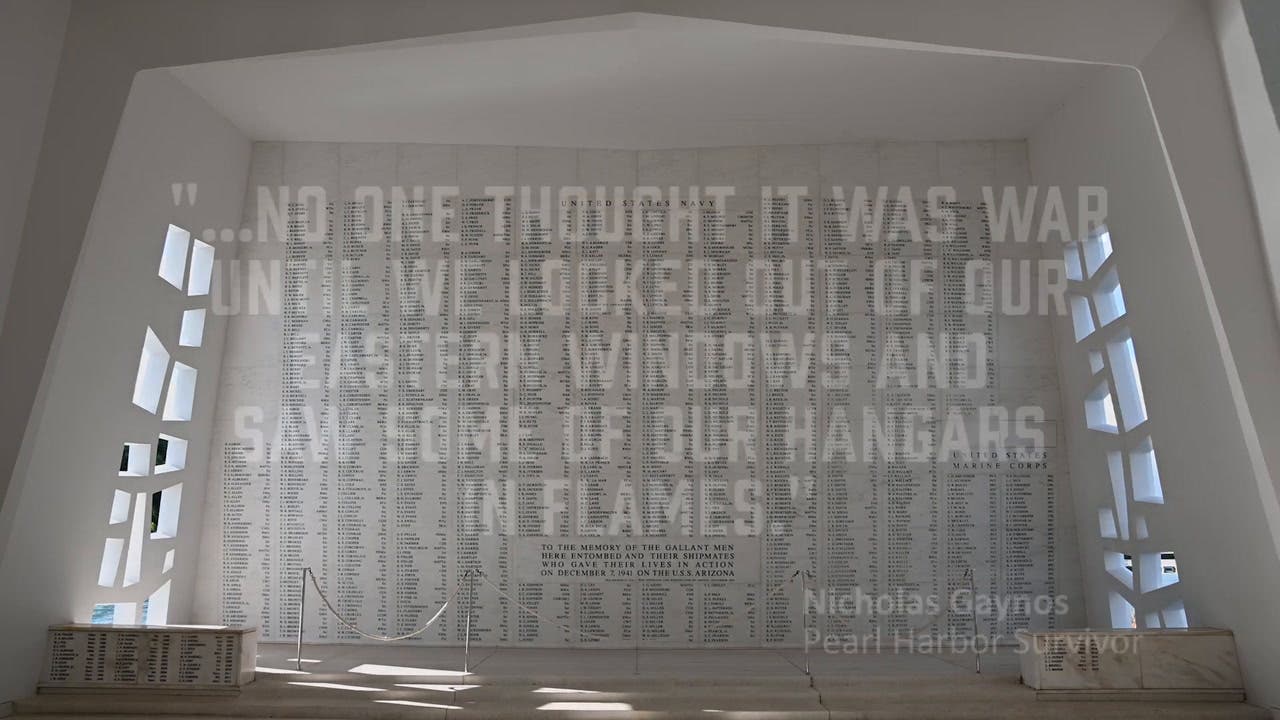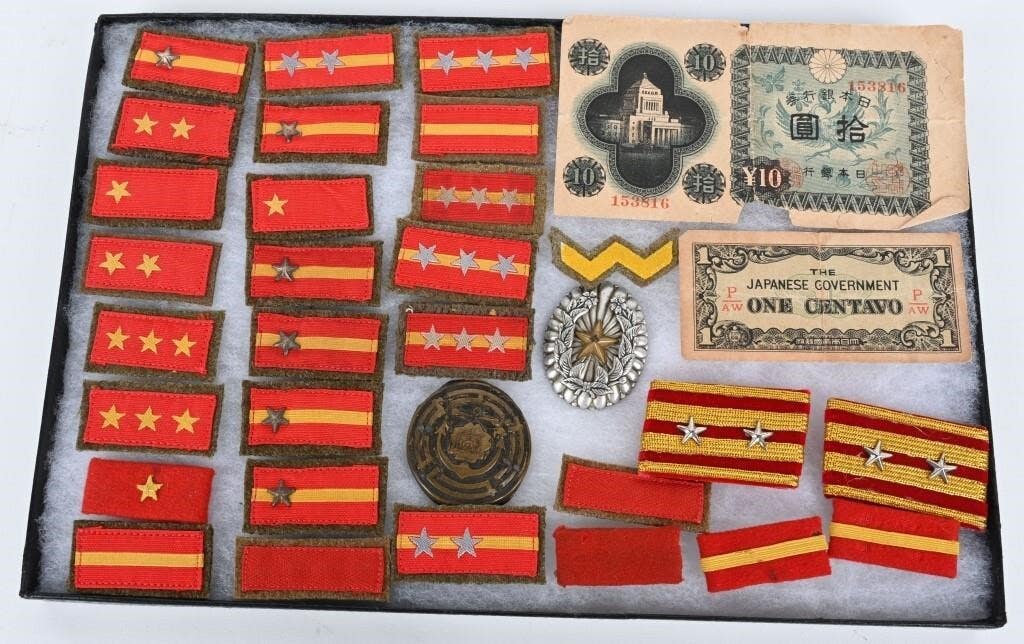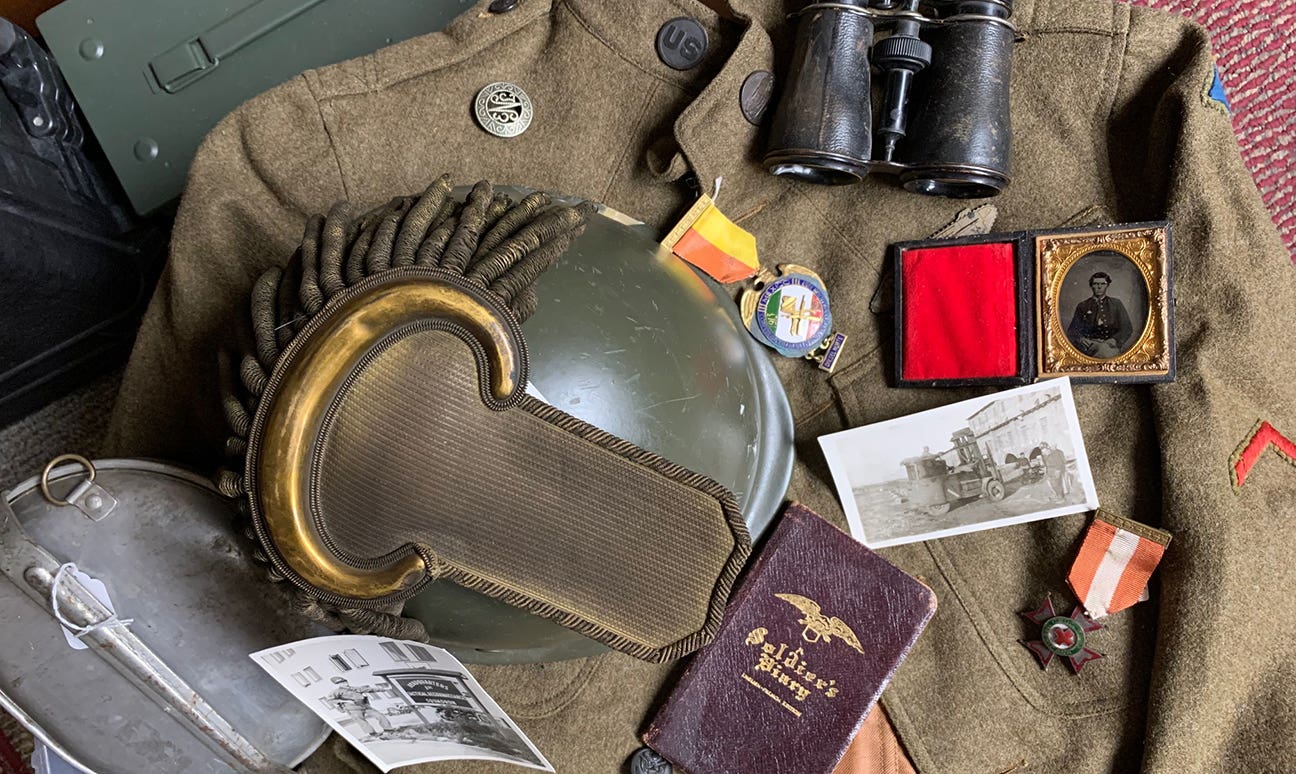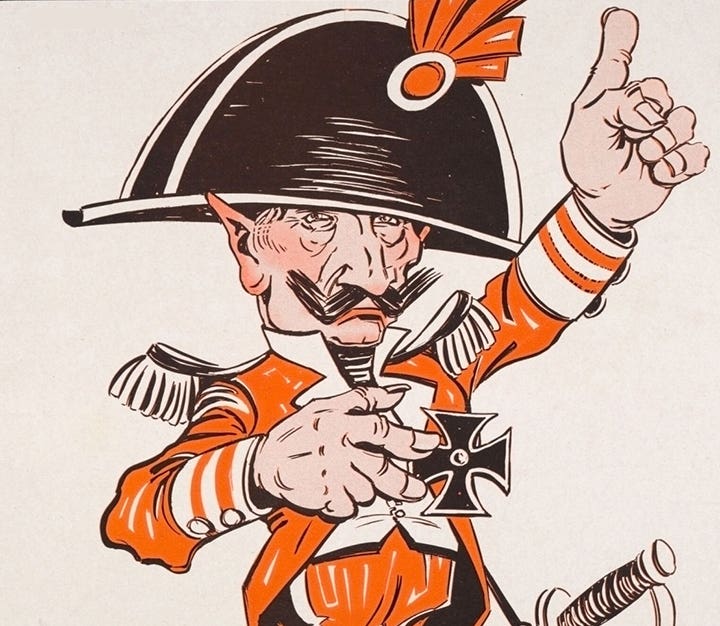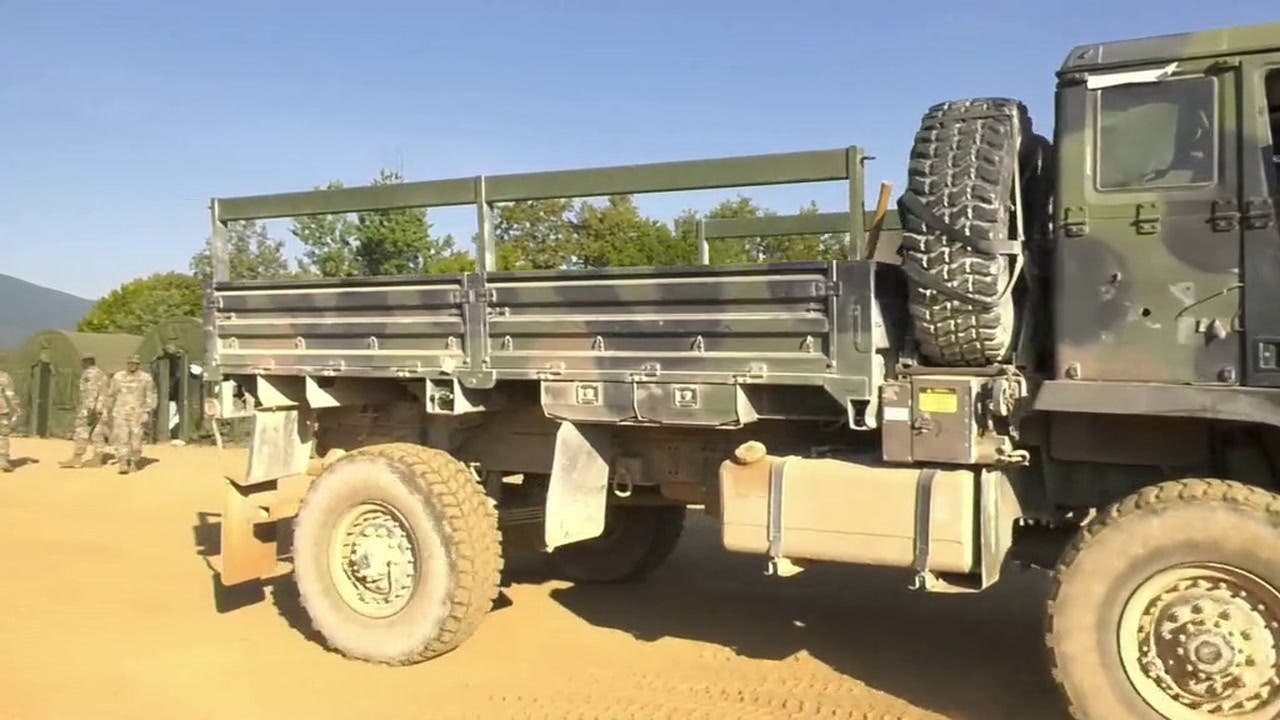TIME TO RETURN TO THE ONE-DAY SHOW?
Pack the car on Wednesday night, drive to the host city on Thursday, set-up that evening, and be ready for brisk sales on Friday morning — this pattern in our…
Pack the car on Wednesday night, drive to the host city on Thursday, set-up that evening, and be ready for brisk sales on Friday morning — this pattern in our hobby is usually followed by, “Slow Saturday; at table until 5PM,” and “SLOWER Sunday until packing up and leaving by 3PM.” While this has been the prevalent show model for the past 25 years, is it about to change?
BUYERS ARE DIFFERENT
Back in the early 1990s, the way we collected was much different than it is today. Most who are old enough to remember those days will recall waiting for catalogs and price lists to arrive in the mailbox, pouring over classified ads, and studying artifacts in their collections during the long months between shows.
In those earlier days, a show was the major event of the collecting lifestyle. Because a show was one of the rare opportunities to find fresh material and to meet up with like-minded collectors, it became a very social activity. We planned our vacation time to accommodate a full weekend of buying, selling, and reconnecting with friends. Spending three or four days in the process didn’t strike any of us as a misallocation of time.
Today, however, we don’t wait for catalogs to arrive in the mail, drop what we are doing to plow through classifieds, or even have the same anticipation for an upcoming show. Why? Because the internet has enabled us to buy and sell on a daily basis via dealer and auction sites, “converse” with other like-minded people on forums, and even get the sense of “show anticipation” through some dealer sites that have specific “open times.” It has become more important to be at our computer than it is to sit behind a table at a show.
Does this signal the death of the collector show? Of course not. There is still great value in being able to gather in one spot to inspect, sell, and buy relics in person. But, it might be time to rethink how we conduct shows. The 25-year-old model could use some updating.
TIME OVER THE TARGET
Borrowing an old expression from bomber crews, my collecting buddies and I often refer to the best use of our time to buy and sell at a show as “Time over the target.” After the old bomber crews dropped their payloads, they wanted to get the heck out of the target zone — their effectiveness had been significantly reduced upon the release of their ordnance. As a collector / dealer, my effectiveness at a show drops off significantly after I have made my purchases or made my primary sales. Lingering over the target only depletes my resources. The question, then, is “How do we maximize our time at the show.”
MOTIVATION BEHIND THE 3-DAY SHOW
Before we can answer the question about increasing our show effectiveness, we must look at the motivations behind the show — from both the promoter’s point of view as well as the dealer’s.
Looking through the Military Trader “Battle Plan” or Military Vehicles Magazine’s “Show Schedule,” it is apparent that the 3-day show is the most widely practiced model: Arrive and set up on Friday with some dealer-to-dealer activity followed by two days “open to the public.” Is this still practical?
From a show promoter’s point of view, they are faced with limited venue options. The show hall or landowner sees a full weekend as their only opportunity to rent their venue, so they make each lease agreement for Friday-Sunday. And because the promoter has had to rent the location for those three days, he / she wants to “Maximize time over the target” by keeping the gates open as long as possible.
From a dealer’s perspective, if they have traveled a long distance to the show, they might as well stay for a full weekend. Again, they believe they are “Maximizing time over the target.”
Both of these premises are built on the belief that there are an unlimited number of walk-in possibilities: Added gate revenue for the organizer and increased sales opportunity for vendors. But is this realistic?
I recently spoke with two show promoters who have reduced their shows from full weekends to Friday setup and Saturday open-to-the-public. Neither wanted their names or shows identified. “Promoter A” organizes and hosts an outdoor historic military vehicle show. “Promoter B,” on the other hand owns an indoor militaria and gun show.
Promoter A was quick to admit, the 3-day show model works well for military vehicle owners. It takes time and energy to transport vehicles, set up camp, and still have enough left over to shop and socialize. “However,” he was quick to admit, “people began to show up on Thursday to “get the jump” on Friday’s sales.” He explained that by Sunday, everybody has either spent all their money, sold all their prime material, or were just exhausted. The public who attended on Sundays found a show devoid of energy, and in many cases, vendors — they had pulled out the night before having already spent their money and sold the bulk of their wares.
The frustrated Promoter A had tried different approaches to convince dealers to stay through Sunday: Random drawings to reimburse vendor space fees on Sunday, threats of “losing” their spot the following year, or just explaining that, as vendors, they had a commitment to a full weekend. Nothing worked.
So, he changed the venue to run on just Friday and Saturday, with setup on Thursday. That year, dealers began appearing on Wednesday to “get the jump” on Thursday set-up sales! By the end of Friday, they were ready to go home, having spent their money and sold their wares.
Promoter A has not found a solution to the dilemma. “The public comes to the show on Saturday—that works really well,” he confided. “Very few came on Sunday, and those who did come, were just ‘tire-kickers.’ They weren’t there to spend any money. It was good for me because they paid to get in, but there was little incentive for a dealer to stick around—eventually, I learned to simply write-off Sunday and not charge any admission.”
When asked how he will adjust the event’s schedule in the future, he answered after some deep reflection, “I suppose I will have to somehow prohibit dealers from arriving early.” He was quick to admit, “This will be hard, though, because these guys are often trailering in tons of material or multiple vehicles. They require a lot of setup time—it’s not like a gun show!”
On the other side of the coin, Promoter B does host a traditional indoor show — about 170 vendor tables, and in a good weekend, about 425 people through the gate. It is the type of event that we might call a “regional” show, as opposed to the “national” shows like the Show of Shows or MAX.
Promoter B doesn’t generally sell out of vendor spaces. There is always room for a late-comer. He admitted, “These guys show up Friday after work, set up their stuff, and most go back home or to their motels. Come Saturday morning, it is hectic with dealers running between tables, and about 300 people coming through the gate.” He admitted, however, ���By 2PM, it is over. Any public who was going to come to the show to buy, came before lunch. Any deals the vendors were going to make with each other had already happened. By closing time at 5PM, my show is done—the problem is, we still have Sunday!”
So why does Promoter B run the show for two days if he had “maximized his time over the target” by 2 PM on Saturday? “Why not? I paid the rent for the hall for the weekend.” He explained. “If people come through the gate, it just helps off-set my expenses.”
I have set up at his show in the past. He’s right. It was a beehive of activity until mid-afternoon on Saturday. What he didn’t comment on, however, was the fact that probably 30% of his dealers packed up and left on Saturday evening. There were many empty tables when I returned to my spot on Sunday at 8AM.
TIME FOR A CHANGE?
When the military vehicle or relic show was the only venue for buying, selling, and socializing, show promoters could pretty much dictate the terms of the shows. But in this age of internet buying and selling, the relevance of the show has dramatically changed. While attending a show is still a great opportunity for collectors to come together to share information and to handle items before buying, there are many more opportunities to interact with other collectors throughout the year — not just at show time.
Today, show promoters are forced to innovate. After all, if vendors don’t rent sale space, there will be nothing for public attendees to see. So, promoters are forced to cater to vendors. Some are taking a punitive tact, threatening to “punish” vendors who show up or leave outside the advertised times of the show. This only works if the demand is there for the vendor space. If the show isn’t sold out with a waiting list, a promoter isn’t likely to turn away a vendor, even if he or she “breaks the rules.”
Could the one-day show be the answer to “maximizing time over the target?” Consider this: Vendors set up on Friday evening from 4-8PM. The fast ones can get that early time over the target. On Saturday morning, the line of public most likely to spend money will have assembled to get inside. Give them the time to shop and see the show (a regional event of about 200 tables—perhaps, 5-6 hours over the target for the public), leaving the vendors to deal among themselves in the slow time from 2-5PM. Pack up those tables and head home! Sunday is yours to count your dollars, or repack your “show tubs.”
ADAPTING TO THE TIMES
While most will admit that the internet has changed the way we collect, adapting our methods to these changes comes much slower. Show promoters are reluctant to hold 1-day shows when they are forced to rent halls or land for full weekends. They are also afraid that if they advertise a “1-day” show, some vendors will feel it isn’t worth their time to exhibit. These are valid concerns. But if a person wants to “maximize time over the target,” they have to be willing to take a hard look at the numbers. If the revenue of one day far outstrips that of day two, will shifting to a one-day format drastically impact the total?
I am sure the goal of everyone reading this is to protect the vibrancy of our hobby. Nobody likes walking around a show dotted with empty tables. But, because the way we interact and do business with each other has drastically changed in the last 25 years, it is time to reexamine how we can “maximize our time over the target.”
Preserve the Memories,
John Adams-Graf
Editor, Military Trader and Military Vehicles Magazine
John Adams-Graf ("JAG" to most) is the editor of Military Trader and Military Vehicles Magazine. He has been a military collector for his entire life. The son of a WWII veteran, his writings carry many lessons from the Greatest Generation. JAG has authored several books, including multiple editions of Warman's WWII Collectibles, Civil War Collectibles, and the Standard Catalog of Civil War Firearms. He is a passionate shooter, wood-splitter, kayaker, and WWI AEF Tank Corps collector.



